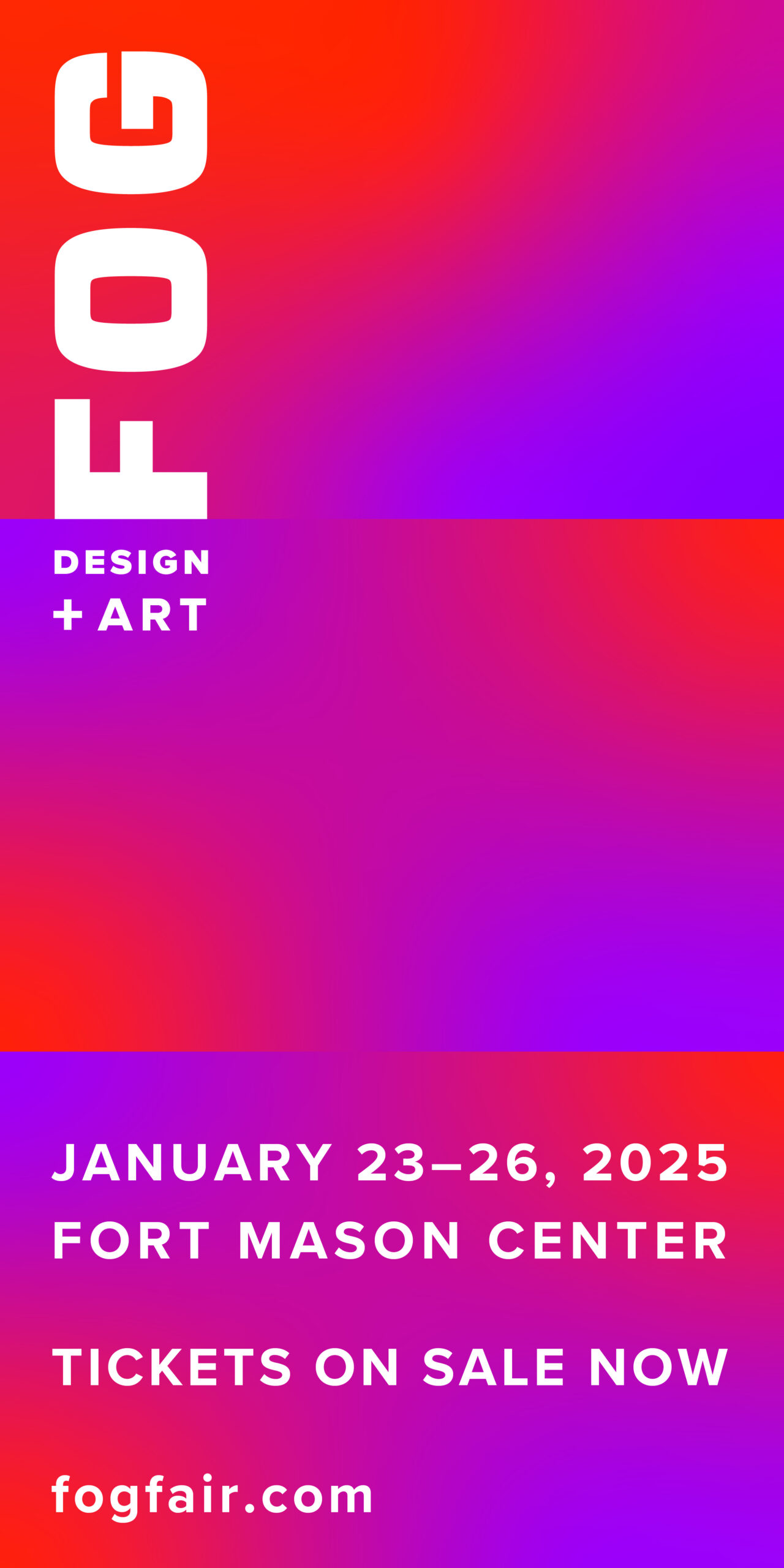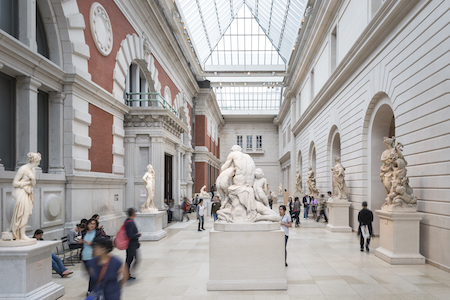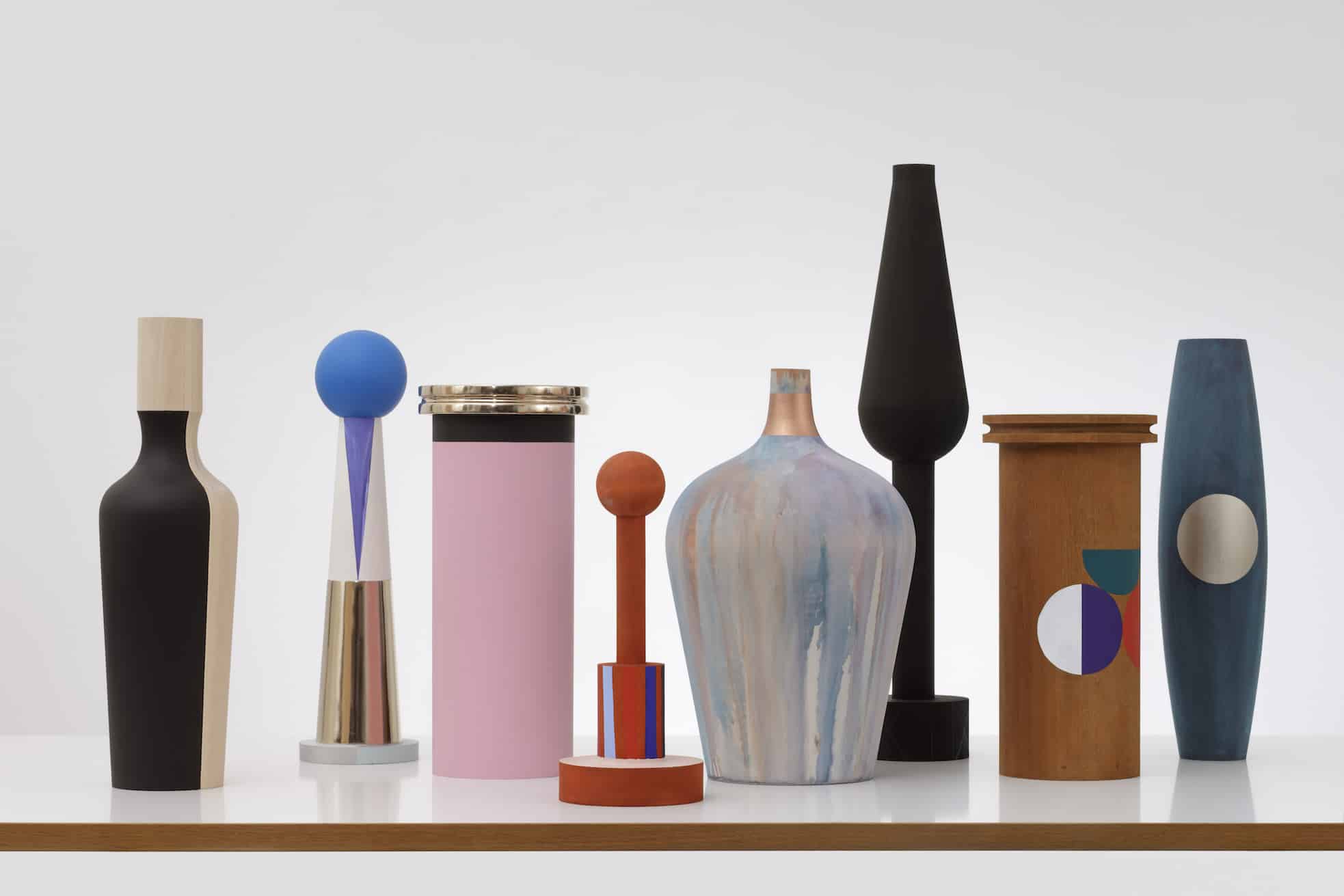For José Parlá, experience, observation, and the dissemination of ideas are the primary concern when adapting his street sensibility into an abstract form. Opening this month at Haunch of Venison’s Mayfair gallery through March 28, his show “Broken Language” is a fine example of this.
Parlá’s distinctive trademark is his surface calligraphy. As you enter the exhibition, a specially-created untitled painting leads you in, exposing a wall of indistinguishable yet excitable writings mixed with changing colors that depict the artist’s (who lives in Brooklyn, NY) humble impressions of a place he very much feels a kinship to: London. Completed in the short period prior to this opening, a mixture of speed and intuition shines through this particular painting, giving us an insight into the life of a “street artist” while indicating a taste of things to come through its rich textures, complicated patterns, and absorbed color schemes, setting an appropriate tone.
“Broken Language” largely relates to Parlá’s recent experiences from living in New York to travelling in India, Tokyo, London, and his native Cuba, seeking inspiration through the many diverse social conditions that each place uniquely possess, emphatically represented through somewhat photorealistic observations of deteriorating walls. “These paintings are story lines,” says Parlá, “and what’s happening is that I’m trying to interpret these places in an abstract way through capturing individual vibes rather than replicate it photo-realistically. Although, if the paintings weren’t in this gallery situation, one might not assume that it’s not a wall because of its texture and composition that suggests deterioration familiar to those you see on the streets.”
As with much of his work, each painting is appropriated from the real images Parlá takes of walls he discovers while walking around various cities, getting lost, and then inadvertently finding himself cathartically. Paintings such as Jaipur appear less chaotic, displaying a more Rothkoesque influence through its ominous pink glow. However, it still remains focused with his subtle writings beneath layers of thick texture. This is contrasted by a very different depiction of India in Rajasthan Night Drive, where a desert journey from Udaipur to Jaipur is frantically portrayed with a convoluted palette. What appears to be random writings scrolled on top of torn posters, are characteristic of a sensory overload in which you can almost picture yourself hearing, smelling, and feeling the energy.
“When I was painting this picture I was hoping I don’t offend anyone from India, because my journey was just an introduction to the country. This painting is meant to be a real outsider’s perspective of the energy of India. It’s not to say this is what every Indian town looks like, it’s just an abstraction of that place. But it’s definitely trying to tap into this really diverse, rich culture that is difficult to understand over one trip. This is the confusion you have when you try to embrace a new place.”
Walking into the main room with Parlá describing each picture to us, we gained a true sense of what migration means to him and how his experiences allow a fluid social, albeit, observational commentary to run through his work. Highlighted in his troubled painting, Sign of the Times, Parlá tells us of the difficulty he had in completing this particular work which is about the passing of power from Fidel Castro to his brother Raúl.
“It took me a long time to make, because of its politically in-depth meaning. Eventually, I took this purple ink which my friend makes, walked up to it and wrote ‘Sign of the times.’ I did it so aggressively that the pressure in my hand squeezed the ink, yet, I was unaware of how hard I was pressing the marker and it had this dripping effect that was perfect. It happened so fast and the energy felt right. I imagined someone else walking past this wall and feeling the need to write on it, that’s when I knew I had completed it.”
Not only does “Broken Language” summarize Parlá’s complex fascination with raw social climates, it also serves as a platform to exhibit more personal features about his roots, love of music, and artistic influence. He constantly references artists he is inspired by. The three concrete slabswith accompanying cigarette butts and name etchings taken indirectly from Guy Debord’s psychogeographic philosophy (something in which Parlá actively participates when venturing the streets). “I think about painters like Antoni Tàpies and Rauschenberg, and about what I’ve learned from them. I ask, how did I stumble upon Cy Twombly that affected me in such a way and inspired me to fight back at my tutors?”
When looking upstairs into the seminal piece, Broken Language, similarities certainly can be drawn to a New York painting school 40 or so years prior to Parlá’s own arrival. But essentially, what you gauge from Broken Language is an overwhelming impression of an artist who realises he has arrived in a new, exciting place, and doing what only a street painter knows best: leaving a mark behind for us to walk by and observe. This is perhaps better understood through Parlá’s own words, “It’s a primal instinct to leave a mark and to be somebody. Leaving a mark behind is as human as human can be, it’s in our condition.”
José Parlá’s paintings are composed from several distinct types of source material: the purely abstract (painterly) dabbing, gesture and layering of paint; collaged materials and detritus from the streets of the world (and that may include type or other writing and images); writing, which is easily the dominant material of these works, filling and often obscuring its contents in successive layers. Rarely is this written material actually fully legible in any of his works, usually it lies at the boundary between abstract marking and calligraphy, complicated and obfuscated by the palimpsest process he employs throughout.
Parlá’s works have appeared in major exhibitions in London, New York, Tokyo, Hong Kong and Paris, and recently in Stages for the Livestrong Foundation at Galerie Emmanuel Perrotin in Paris. Deitch Projects, New York, and OHWOW in Miami. Parlá’s solo show titled: Walls, Diaries, and Paintings at Bryce Wolkowitz in March 2011, which was accompanied by a new monograph published by Hatje Cantz.










